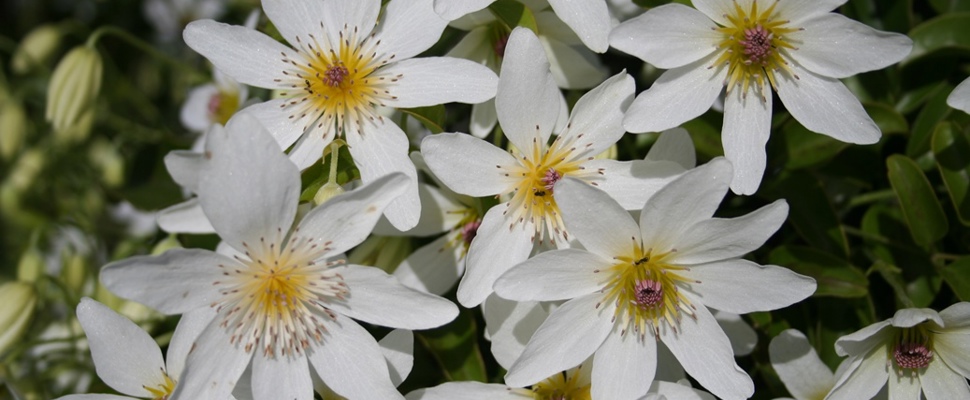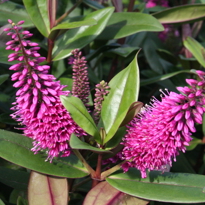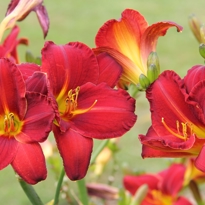
Native Plant ID Trail
Have you ever wondered “What’s that native plant?”
What's that native plant?
If you have ever wondered “what’s that native plant?” visit our Identification Trail to learn some common NZ native plants. Find out how to identify them through their leaf size and shape, leaf colour, bark texture, flowers, fruit and berries. And once you know which is which, find out their uses – for medicine, building, food – even chewing gum!
The Native Plant Identification Trail holds over 200 species of native NZ plants, primarily from the north of the country, including trees, shrubs, perennials, climbers and ferns. When you enter the gardens through Huakaiwaka, the visitor centre, pick up a Native Plant Identification pamphlet to fill out on the trail.
This garden is a great educational resource for schools, locals and tourists alike. Follow the trail and learn how to identify a range of native plants as well as some of their traditional Māori uses.
 Native Plant Ideas
Native Plant Ideas
 Trial Garden
Trial Garden
 Exploring the Gardens
Exploring the Gardens